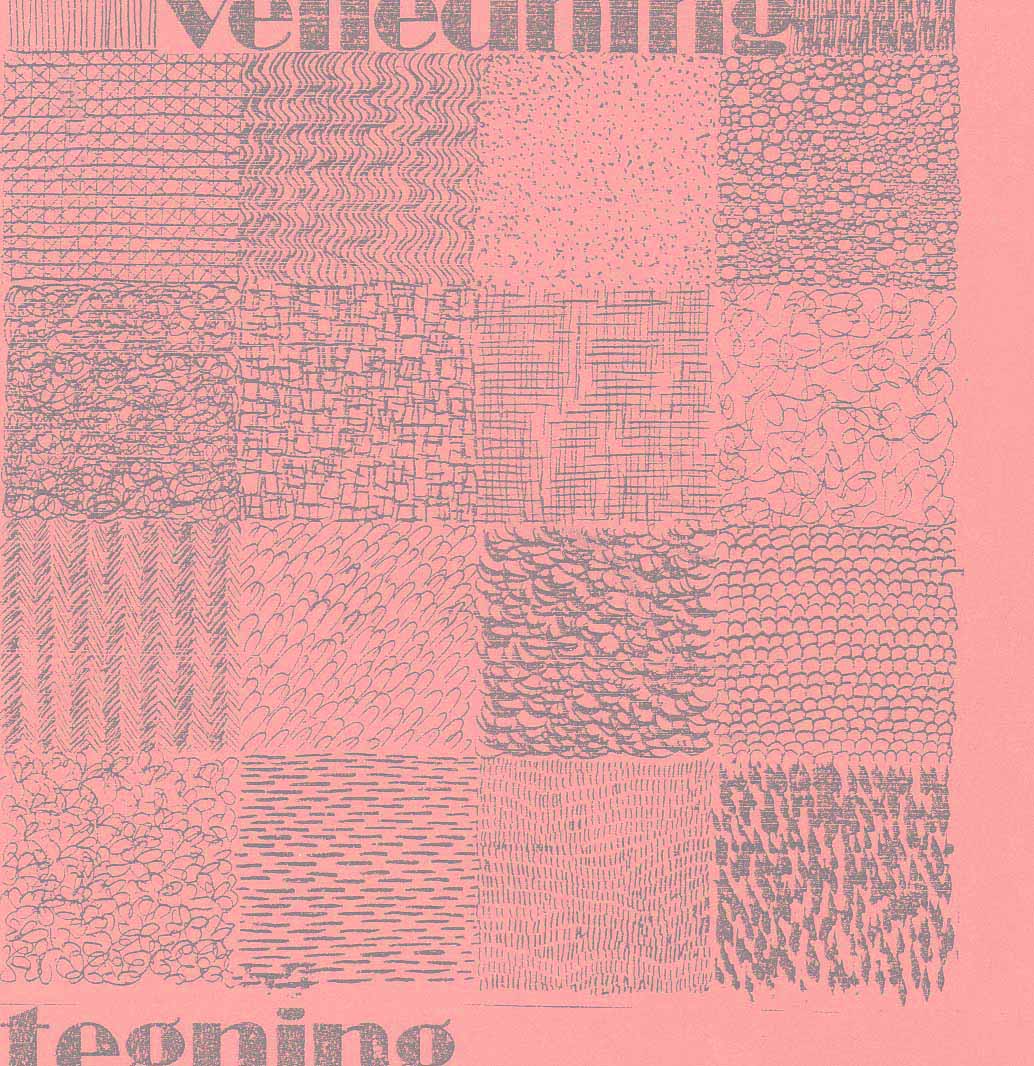Kunst- og designfagenes plassering i videregående opplæring 1976-2006
DOI:
https://doi.org/10.7577/formakademisk.113Keywords:
videregående opplæring, kunstfag, designfag, husflidsfag, studiekompetanse, formgivingsfag, Reform 94Abstract
Da yrkesskoler, husflidsskoler og gymnas i Norge ble samlet i én felles videregående skole i 1976, var en av intensjonene at elevene skulle kunne kombinere praktisk og teoretisk utdanning. På ”husflidslinja” fikk kunst- og designfagene gode rammer for utvikling, men elevene fikk ingen sluttkompetanse. I perioden 1994-2006 fikk kunst- og designfagene stor oppslutning med utdanningstilbudet Tegning, form og farge med studiekompetanse. Denne hybriden ble opprettet under den yrkesfaglige studieretningen Formgivingfag, og den fungerte som et studieforberedende tilbud som både ga studiekompetanse og realkompetanse som grunnlag for opptak på høyere utdanning innen kunst, design og arkitektur. Ambisjonen fra 1976 om å kombinere teoretiske og praktiske fag har blitt fulgt opp med å øke antall obligatoriske teoretiske allmennfag på de yrkesfaglige studieretningene, spesielt etter 1994. Departementet har ikke på tilsvarende måte pålagt skolene å integrere flere praktiske fag på allmennfaglig studieretning. Det valgbare linje-/studieretningsfaget Form og farge har derfor bare i beskjedent omfang blitt gitt som tilbud til elevene i denne perioden.
Downloads
Published
2011-01-02
How to Cite
Nielsen, L. M. (2011). Kunst- og designfagenes plassering i videregående opplæring 1976-2006. FormAkademisk, 3(2). https://doi.org/10.7577/formakademisk.113
Issue
Section
Articles
License
Authors who publish with this journal agree to the following terms:
- Authors retain copyright and grant the journal right of first publication with the work simultaneously licensed under a Creative Commons Attribution 4.0 License that allows others to share the work with an acknowledgement of the work's authorship and initial publication in this journal.
- Authors are able to enter into separate, additional contractual arrangements for the non-exclusive distribution of the journal's published version of the work (e.g., post it to an institutional repository or publish it in a book), with an acknowledgement of its initial publication in this journal.
- Authors are permitted and encouraged to post their work online (e.g., in institutional repositories or on their website) prior to and during the submission process, as it can lead to productive exchanges, as well as earlier and greater citation of published work (See The Effect of Open Access).
- The author(s) must manage their economic reproduction rights to any third party.
- The journal makes no financial or other compensation for submissions, unless a separate agreement regarding this matter has been made with the author(s).
- The journal is obliged to archive the manuscript (including metadata) in its originally published digital form for at least a suitable amount of time in which the manuscript can be accessed via a long-term archive for digital material, such as in the Norwegian universities’ institutional archives within the framework of the NORA partnership.
The material will be published OpenAccess with a Creative Commons 4.0 License which allows anyone to read, share and adapt the content, even commercially under the licence terms:
This work needs to be appropriately attributed/credited, a link must be provided to the CC-BY 4.0 licence, and changes made need to be indicated in a reasonable manner, but not in any way that suggests that the licensor endorses you or your use.



